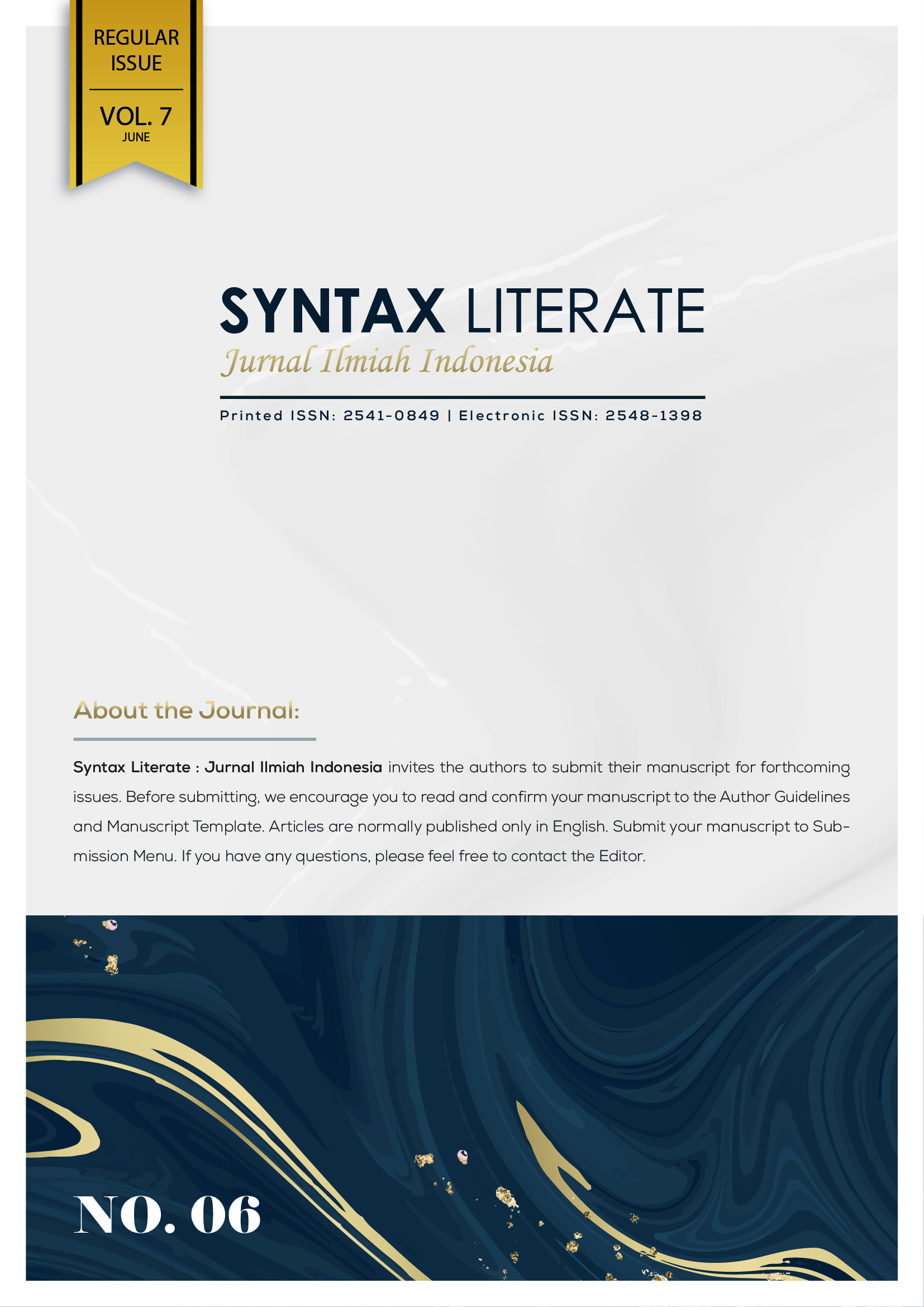Detection of Negative Content (Hoax) On Microblog Data That Contains Covid-19 Information
Abstract
Over the past few years, the amount of information dissemination has increased, especially since the advent of social media. Among the information circulating, there is information that includes negative content or hoax that have a bad impact such as the emergence of divisions due to incorrect information. Based on the 2018 Kominfo performance report, Twitter social media is the largest contributor to the spread of hoax. To reduce the impact of the spread of hoax, a method is needed to detect hoaxes on Twitter so that prevention can be done such as taking down tweets that are hoax. The purpose of this research is to develop a model that can detect negative content (hoax) automatically and also see the correlation between hoax content and sentiment orientation. The results of this study are a machine learning-based model using a decision tree algorithm with an accuracy of 97.2% with a precision value of 85.4, recall of 81.4, and f1-score 93 and the model. In addition, the results of the analysis show that tweets that are hoax as a result of model identification are dominated by positive sentiment orientation, which is 52.64% of the total data identified as hoax
Downloads
Copyright (c) 2022 Putra Tresna Linge, Alfan Farizki Wicaksono

This work is licensed under a Creative Commons Attribution-ShareAlike 4.0 International License.











